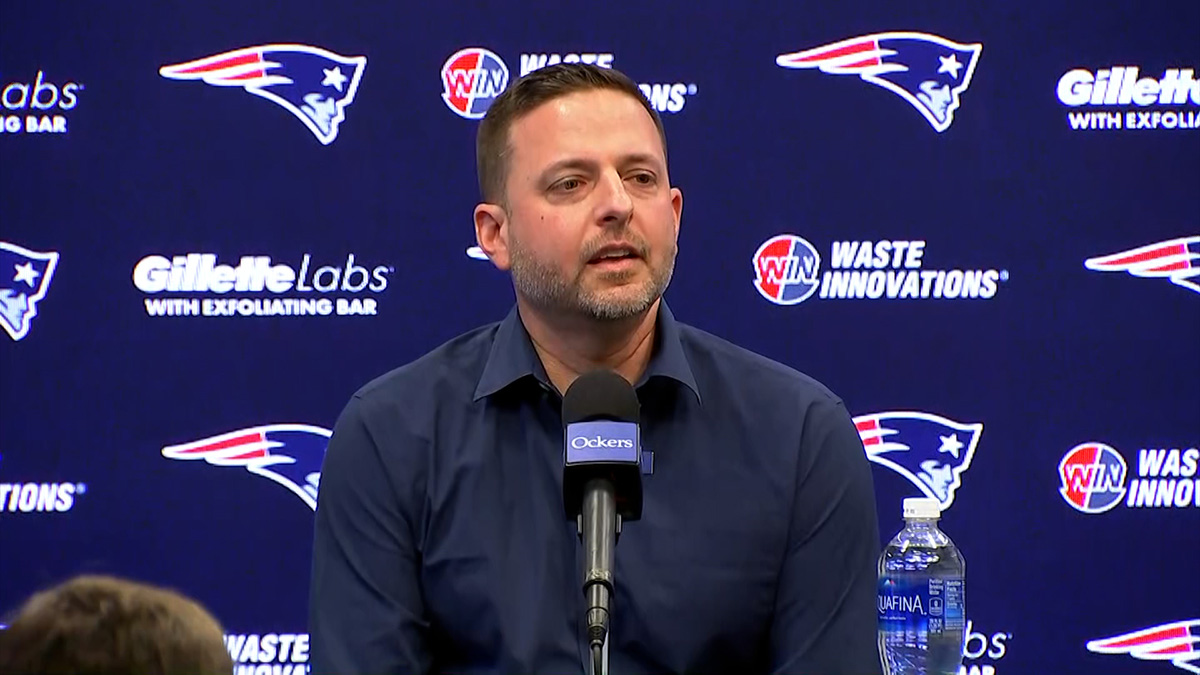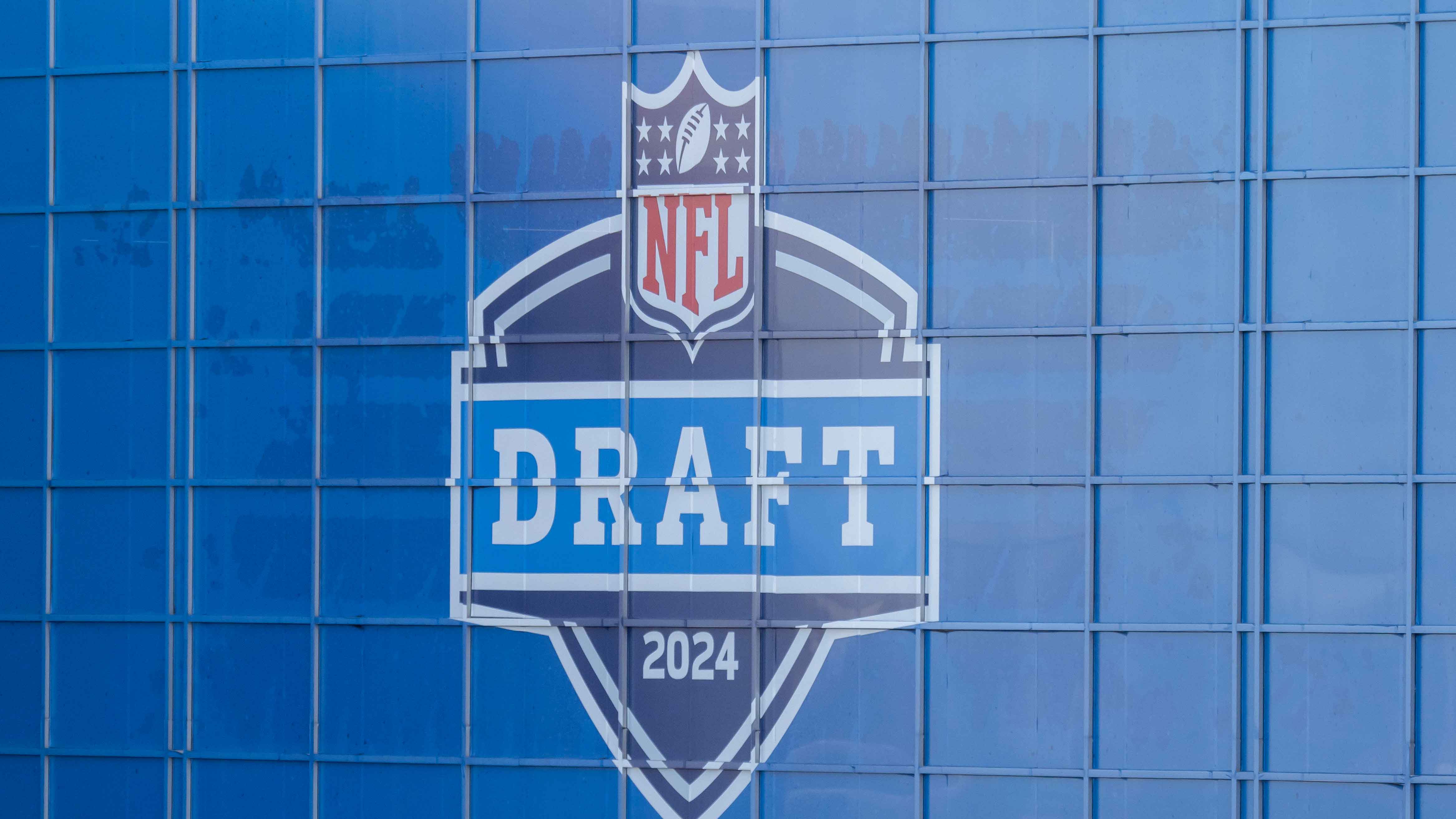No position on the Eagles roster remained more static than at tight end, where the depth chart projects to look exactly the same in 2017 as it was last season. That means whether the unit is better or worse is dependent entirely upon the development or regression of the players who are already here – Zach Ertz, Brent Celek and Trey Burton.
BETTER
Zach Ertz
If it feels like we’ve been listing Ertz in the “better” column for years, well, that’s because we have. There has been talk of breakout potential for the former second-round draft pick every offseason since 2014. Instead, Ertz has only improved incrementally, though steadily from year to year.
And the arrow is still pointing up for Ertz in ‘17, believe it or not. Now entering his fifth NFL season, Ertz is only 26, plus now has a full year of working with Wentz under his belt. To get a sense of just how important that rapport is, look at how last season ended. Ertz and Wentz did not appear to be on the same page early on, with the tight end averaging 4.2 receptions and 41.4 yards per game with 1 touchdown over the first nine games together. Then over the final five weeks, Ertz exploded, averaging 8.0 receptions and 88.6 yards with 3 touchdowns.
Ertz is no stranger to late-season heroics, and needs to prove he can sustain that production over the course of a full 16 weeks. Then again, for the first time since ’14, he’ll be catching passes from the same quarterback as the previous season. That has to count for something.
WORSE
NFL
Brent Celek
Celek posted the worst totals of his career in 2016 and started ceding playing time to Trey Burton, who has become a better option in the passing attack. The 10-year veteran is no longer one of the best blocking tight ends in the game, either. The simple reality is at the age of 32, Celek’s athletic ability is in decline, and the guy who once had 971 yards and 8 touchdowns in a single season is no more.
That doesn’t mean Celek can’t be useful. He’s still a decent blocker, and it wouldn’t be surprising if his receiving numbers improve marginally in ’17. Celek also battled a rib injury last season, which no doubt slowed him down some. If healthy, he’s still a viable player for a few hundred snaps per season – although he certainly isn’t getting any better.
THE SAME
Depth chart
Ertz has completely overtaken Celek for the starting role as of last season, finalizing a process that was drawn out over four years. As noted, Celek is also giving way to Burton in some situations now, sort of giving the Eagles a TE2A and TE2B situation. Expect the plan to look roughly the same as last year, with Burton perhaps making more gains on Celek if the aging veteran continues to slow down.
THE UNKNOWN
Trey Burton
After playing only sparingly in his first two NFL seasons, Burton emerged as the No. 2 tight end in the passing attack. It was a mixed bag. For every game the 25-year-old posted big numbers – like his 5 catches for 49 yards and a touchdown against the Bears in Week 2 – there were two more where he might have one reception for 3 yards, or no touches at all. Burton only averaged a meager 8.8 yards per reception for the season as well.
Some of that was by design or based on the game plan, no doubt. Burton played more in some games than in others, and saw more action in short-yardage situations and down by the goal line, limiting his opportunities to stretch the field. Still, it’s unclear what the Eagles really have in Burton. He’s outstanding on special teams, and a better target than Celek at this point. Whether Burton can become more of a threat vertically and every-down player from a blocking standpoint remain very much in question.
BETTER OR WORSE?
Basically, does the continued progression of Ertz offset Celek’s natural decline? There’s no easy answer, especially because optimism for Ertz’s growth has always outpaced reality. Then again, it’s not as if Celek is some hobo out there, and while Burton is a bit of a wild card, he’s young and still theoretically ascending. Even if Ertz improves only marginally – and 1,000 yards isn’t out of the question – the Eagles should be in a good place here. Better
Previously:
Quarterbacks
Running backs
Wide receivers
Tight ends
Offensive line
Defensive line
Linebackers
Defensive backs


